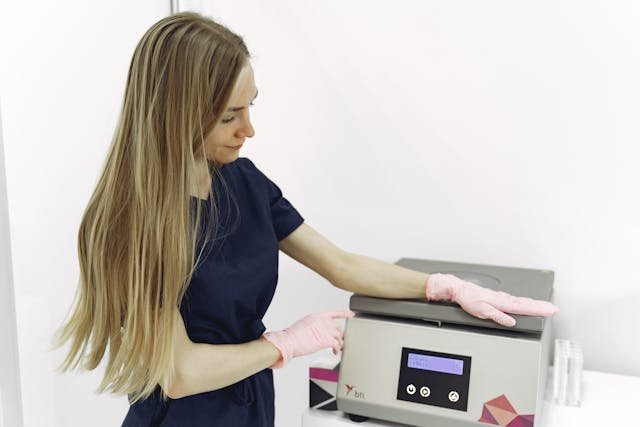Depreciation made easy!
Picture this: It’s December. The weather has turned cold, and the holidays are all abuzz. You’re in the middle of checking things off your Christmas list. Your family is making plans for how they're going to spend the last few weeks of the year, and you are looking forward to some well-deserved time off. As a small business owner, you sit down and run your Profit & Loss report. Looking back over the past 11 months, you marvel at the vast profit your wildly successful business has made.
But wait! You think. That huge profit will turn into a huge tax bill next April! What should I do? Is there any way to reduce that potential tax bill?
“I know!” you think. I’m going to buy a brand-new piece of equipment for my business! I’ve needed a new WDGT 2000 to help me produce more widgets. I’ll get one tomorrow. Then I can deduct the entire cost of that machine and lower my tax liability!
STOP! Hold up. Not so fast. As with all things taxes, it’s not that simple, unfortunately.
Why not? Well, it starts with the definition of a fixed asset. A fixed asset is a tangible piece of property or equipment that a business uses to generate income with an expected useful life of more than one year. So the WDGT 2000 you buy this year, could also produce widgets for next year. And the year after that. And the year after that. And the year after, well, you get the idea.
Next, we have an accounting concept called the Matching Principle. The Matching Principle states that revenues produced in one period should be reported along with all the expenses involved.
So when you sell widgets produced by the WDGT 2000, you should also record the cost it took to produce them. But part of the cost to make them came from the WDGT 2000, which you bought two (or more) years ago! What do I do now?
Enter: depreciation
Depreciation is the process of spreading the cost of a tangible asset over its useful life.
Let’s assume the WDGT 2000 costs $100,000 and is expected to last five years. Also, assume that after five years, it will be worthless. So, in the first year, we can assume that we used ⅕ of its value to produce widgets that year. Therefore, we would depreciate it by $20,000, or ⅕ of $100,000. In the second year, we would also depreciate it by $20,000. We would continue this way until five years had passed and the machine was worth $0.
Wow, Wendy. That’s a lot of math! And what does it have to do with me purchasing this equipment before Christmas?
Glad you asked! So, the IRS knows this. They understand depreciation and fixed asset life. Therefore, there are rules that will not let you expense the entire cost of the machine during that first year. They make you depreciate it over time. So if you think you can purchase a machine for $100,000 and get a deduction of $100,000 that same year, you can’t.
Ok, well, in general, you can’t. As with all things taxes, there are rules and exceptions and exceptions to the exceptions. There are some rules that allow you to expense the entire amount of equipment during the year of purchase. There are other rules that allow you to expense a large amount the first year, and then smaller amounts each subsequent year. There are also many different formulas for depreciation that we won’t go into here. (because your eyes have probably already glazed over by now, right?)
Then how do I know??? The best way to know what to do in your specific situation is to contact your tax preparer. They can look at your business, and the rules it is subject to, and give you advice on whether or not to purchase equipment at year-end.
Helpful? Clear as mud? Let me know!

